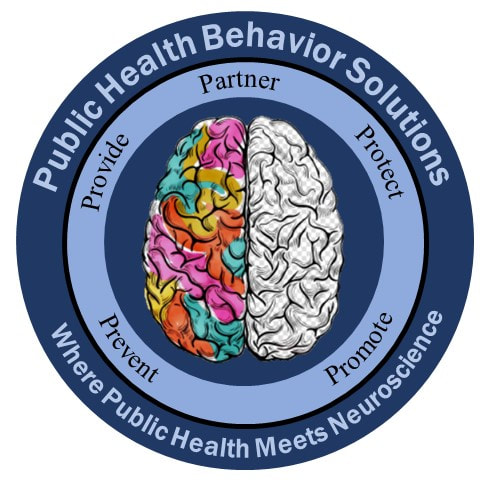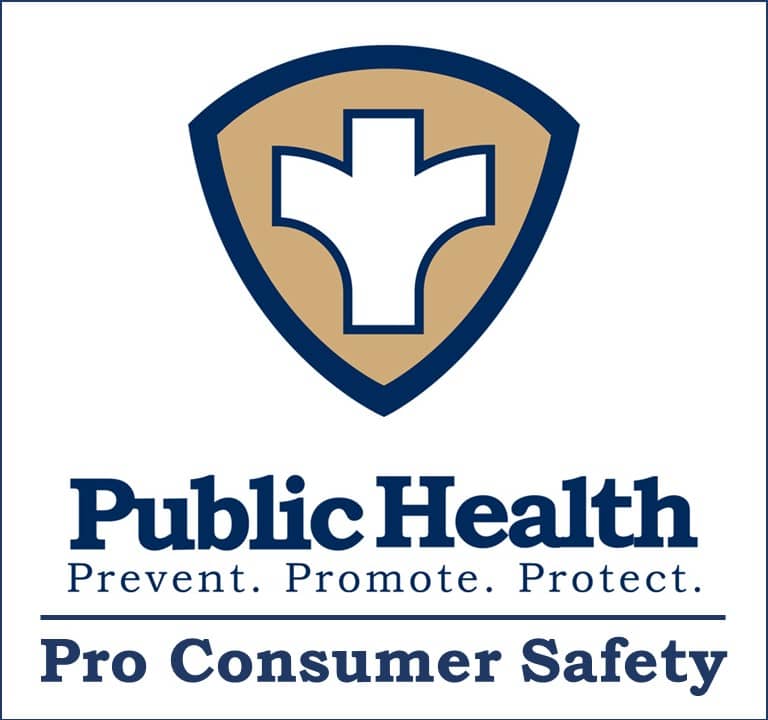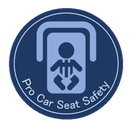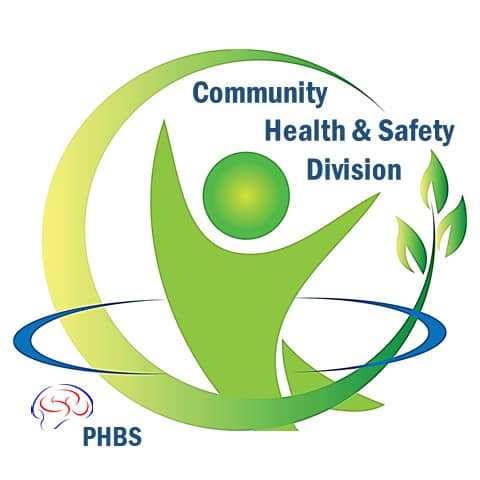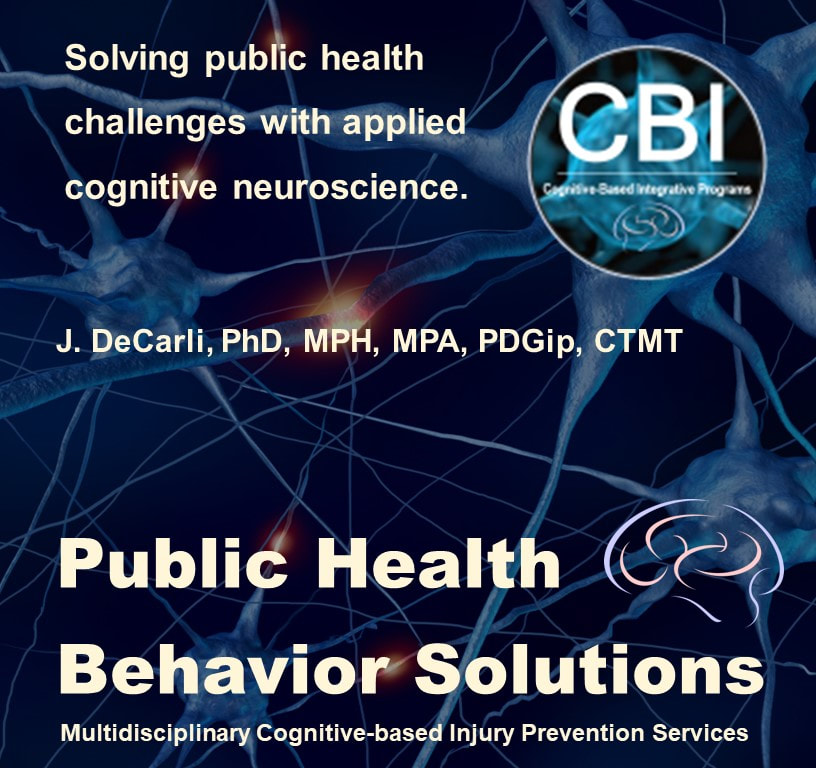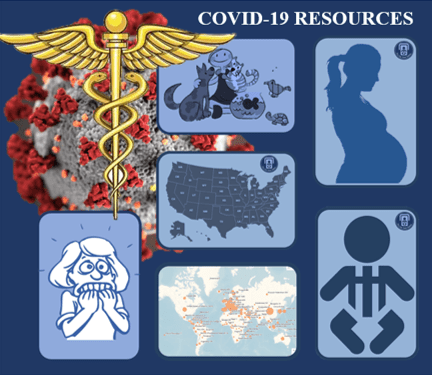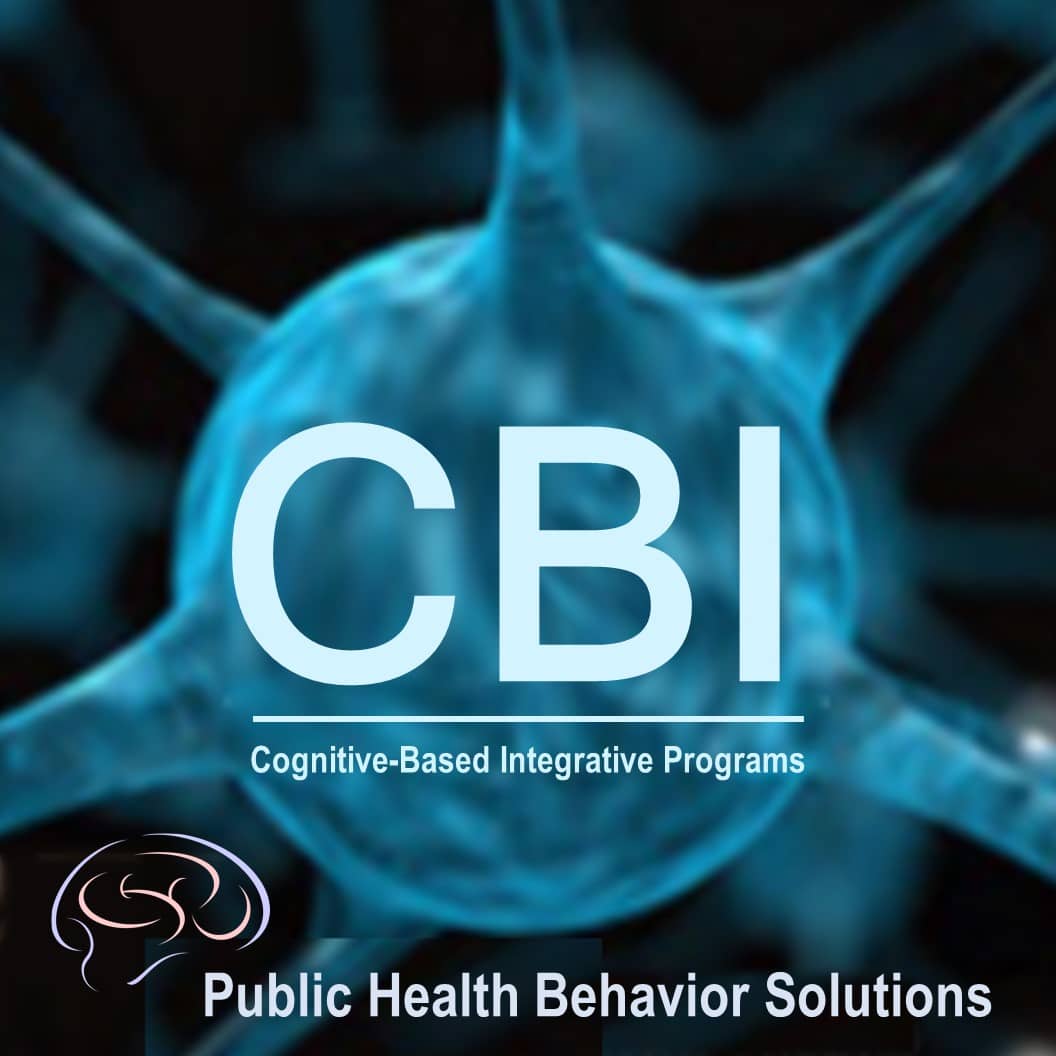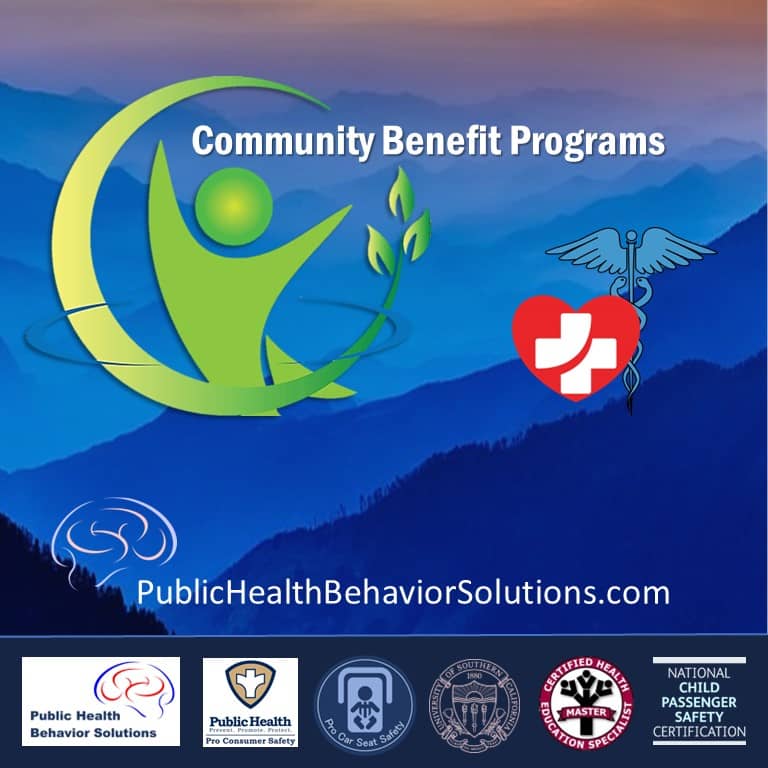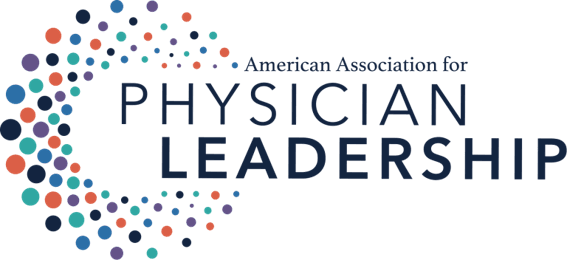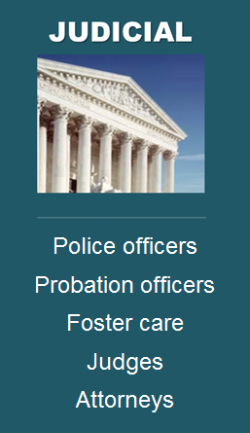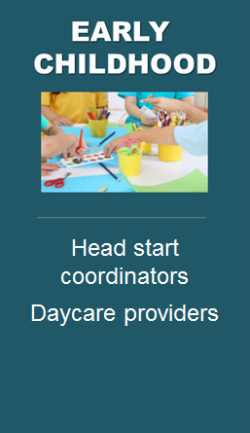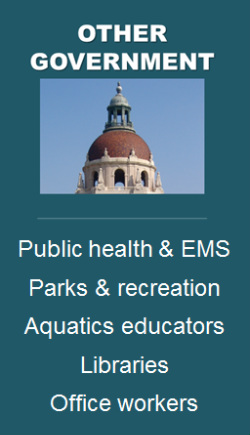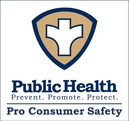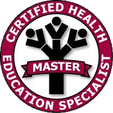Public Health
|
|
WHERE NEUROSCIENCE MEETS PUBLIC HEALTH
While applying a public health approach, PHBS applies cognitive neuroscience research to improve prevention programs that promote behavior change to reduce the burden of injury and disease. We have studied and continue to apply neuroscience research methodology to learn about human behavior and choice as it pertains to risk. Examples include neuroscience models to reduce adolescent risk behavior, and inattention blindness fMRI risk study to validate the risk of baby car seat mirrors to the driver (University of Southern California, Dana and David Cognitive Neuroimaging Center-Graduate student research project). Our research also incorporates psychoneuroimmunology to improve the efficacy of programs for victims of abuse and neglect to reduce chronic disease. We specialize in the prevention of intentional and unintentional related injury, including but not limited to, motor-vehicle occupant (car seat program - Cognitive-based behavioral skills training approach), bicycle/pedestrian, drowning, poisoning, suffocation, burns, falls, traumatic brain injury (TBI), ergonomic/musculoskeletal, intimate partner violence (IPV), youth violence, elder maltreatment, child abuse and neglect. We also specialize in infectious and chronic disease prevention. When applying cognitive neuroscience to improve public health interventions, we provide, partner, protect, promote and prevent. |
|
COGNITIVE-BASED INTEGRATIVE (CBI) PROGRAMS
Our hallmark primary prevention effort is based on our Cognitive-Based Integrative (CBI) Programs, include six separate programs that have been validated with fMRI and related psychophysiological techniques. The CBI programs are primary focused at the primary and secondary levels of prevention. Our research continues to study how exposure to traumatic experiences from in utero, early childhood and teen years, affect psychopathology and cognitive functioning in adulthood. This is studied to learn how exposure to traumatic experiences affect the developing brain, in order to develop primary prevention programs. The CBI programs have been designed to help fill the gap in primary prevention that are often overshadowed by highly necessary secondary and tertiary prevention programs. One of our guiding principles of our CBI programs, incorporates health equity in each of its programs and practices. Our CBI programs promote healthy behaviors and choices to reduce risky behaviors in teens and children. It is designed for expectant parents and new parents, parents who have recently separated (to help the in the best interest of their child), and other parents with children and teens. |
|
COMMUNITY HEALTH AND SAFETY DIVISION
The Community Health and Safety Division of Public Health Behavior Solutions, provides public health and safety programs, services, research, and assistance to communities, organizations and governmental agencies. Our goal is to engage and empower communities with sustainable and equitable, evidenced-based injury prevention research to establish programs that improve the health and safety of individuals and communities. Current community research:
|
Organizational Member
Alumnus
Awards & Honors
Fellowships & Volunteer Internships
Certifications
Professional Memberships
- Psychoneuroimmunology Research Society (PNIRS)
- Society for Neuroscience (SfN)
- American Public Health Association (APHA)
- Society for Public Health Education (SOPHE)
- American Psychological Association (APA)
- Society for Research on Adolescence
- World Federation of Public Health Associations
- Institute for Healthcare Advancement (IHA)
Organizational Memberships
|
